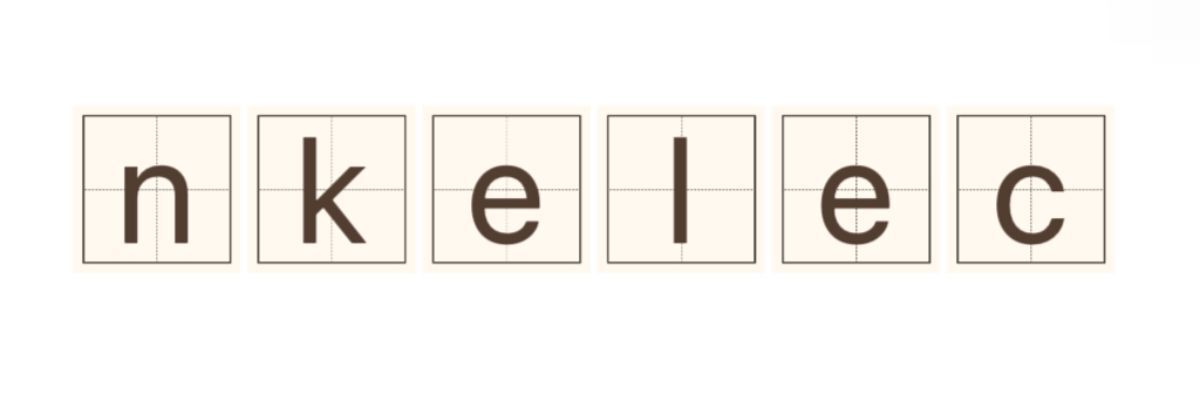USB 3.0 Camera Module vs. USB 2.0: Which Is Better?
Mar. 18, 2025
When comparing the USB 3.0 Camera Module and the USB 2.0 variant, many users wonder which is the superior choice. The answer largely depends on your specific needs and uses. However, in many cases, USB 3.0 comes out on top due to its advantages.
For more USB 3.0 Camera Moduleinformation, please contact us. We will provide professional answers.
1. What is the primary difference between USB 3.0 and USB 2.0?
The main difference between USB 3.0 and USB 2.0 is the speed. USB 3.0 can transfer data at a rate of up to 5 Gbps, whereas USB 2.0's maximum speed is only 480 Mbps. This dramatic increase in speed makes USB 3.0 significantly more efficient, especially for devices that require high data transfer rates, like high-resolution camera modules.
2. How does data transfer impact the camera performance?
The data transfer rate directly influences the performance of the camera. A USB 3.0 Camera Module allows higher frame rates and better image quality, enabling users to capture fast-moving subjects or record high-definition video without lag. In contrast, a USB 2.0 camera may struggle with similar tasks, leading to lower quality results or frame drops during recording.
3. What are the power requirements for both USB versions?
USB 3.0 devices generally require more power compared to USB 2.0. The USB 3.0 standard can provide up to 900mA, while USB 2.0 supplies only up to 500mA. This expanded power capability of USB 3.0 is especially beneficial for camera modules that may require more electricity to function optimally. It ensures more consistent performance, especially during extended use.
4. Are USB 3.0 Camera Modules backward compatible?
Yes, USB 3.0 Camera Modules are backward compatible with USB 2.0 ports. This means that if you connect a USB 3.0 camera to a USB 2.0 port, it will work, but only at the slower USB 2.0 speeds. This feature allows users to upgrade gradually without needing to replace all their hardware at once.
5. What other benefits does USB 3.0 offer?
Besides speed and power advantages, USB 3.0 also features improved data management capabilities. This includes more efficient bi-directional data transfer, allowing data to be sent and received simultaneously. This can be particularly useful for real-time applications such as video conferencing or streaming, where delay is not an option.
6. Is there a downside to using a USB 3.0 Camera Module?
While USB 3.0 Camera Modules generally offer better performance, they can come at a higher cost compared to their USB 2.0 counterparts. Additionally, not all devices support USB 3.0; older systems may require an upgrade to fully utilize the benefits. Users must consider their budget and system compatibility when making a decision.
Conclusion
In conclusion, if you are looking for better speed, efficiency, and performance, the USB 3.0 Camera Module is often the better choice over USB 2.0, especially for applications that demand high data transfer rates. When selecting a camera module, consider your specific use case, the capabilities of your existing hardware, and whether upgrading to USB 3.0 will benefit your projects. Overall, for most modern applications, opting for a USB 3.0 Camera Module will enhance your experience significantly.
For more information, please visit USB Camera Qr Code.
32
0
0

Comments
All Comments (0)